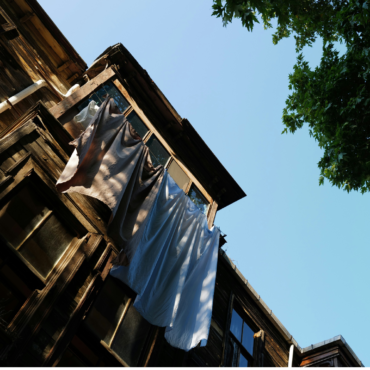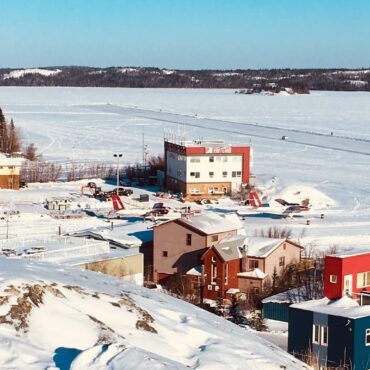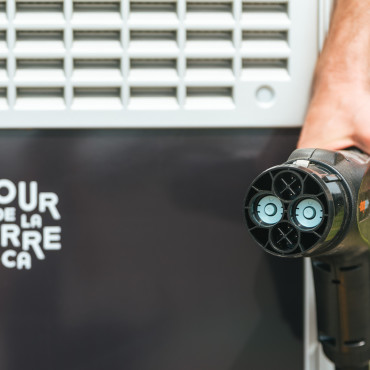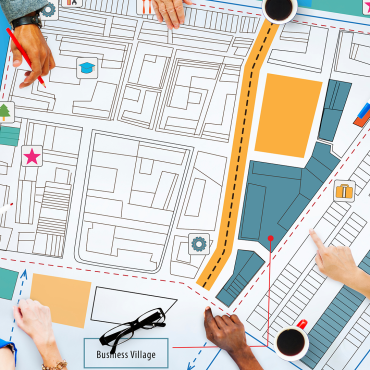Blog & News
Energy wise
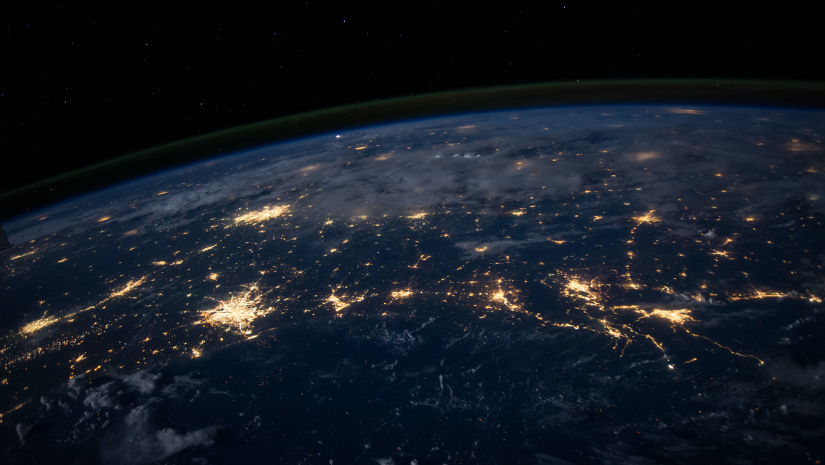
Have you ever seen a natural night sky? A shooting star? Okay, let’s simplify it… Have you ever seen a night sky without artificial lighting around you? If not, you’re not alone! In 2010, the United Nations estimated that two thirds of the Earth’s population had never seen the sky in its natural night state. It may seem strange, but light pollution is a real issue that affects both us and natural environments!
What is Light Pollution?
In order to tackle light pollution, we first need to understand exactly what it is. Generally, light pollution is caused by artificial lights that are numerous, inefficient, and misplaced. There are four defined types of light pollution – let’s talk about them.
Sky Glow: You’ve likely already seen sky glow occurring! Sky glow appears as a dome of light over a city, neighbourhood, or anything brightly lit up by artificial light.
Glare: Often seen at night from headlights on cars, glare is excessive and uncontrolled brightness that can cause eye sensitivity in humans and wildlife.
Light Clutter: When lights are grouped together they form what is known as light clutter. They can cause confusion and even distract from obstacles that the lights are intended to illuminate.
Light Trespass: Although hard to define where exactly light is unwanted, when light is cast in an unintended area, that is known as light trespass.
You might be thinking, “Can’t we just turn off our lights and stop light pollution all at once?” While light pollution isn’t technically permanent and can be solved by just turning our lights off, that’s not a practical solution. Our society has become dependent on artificial light to function. Imagine driving a car at night with no lights!
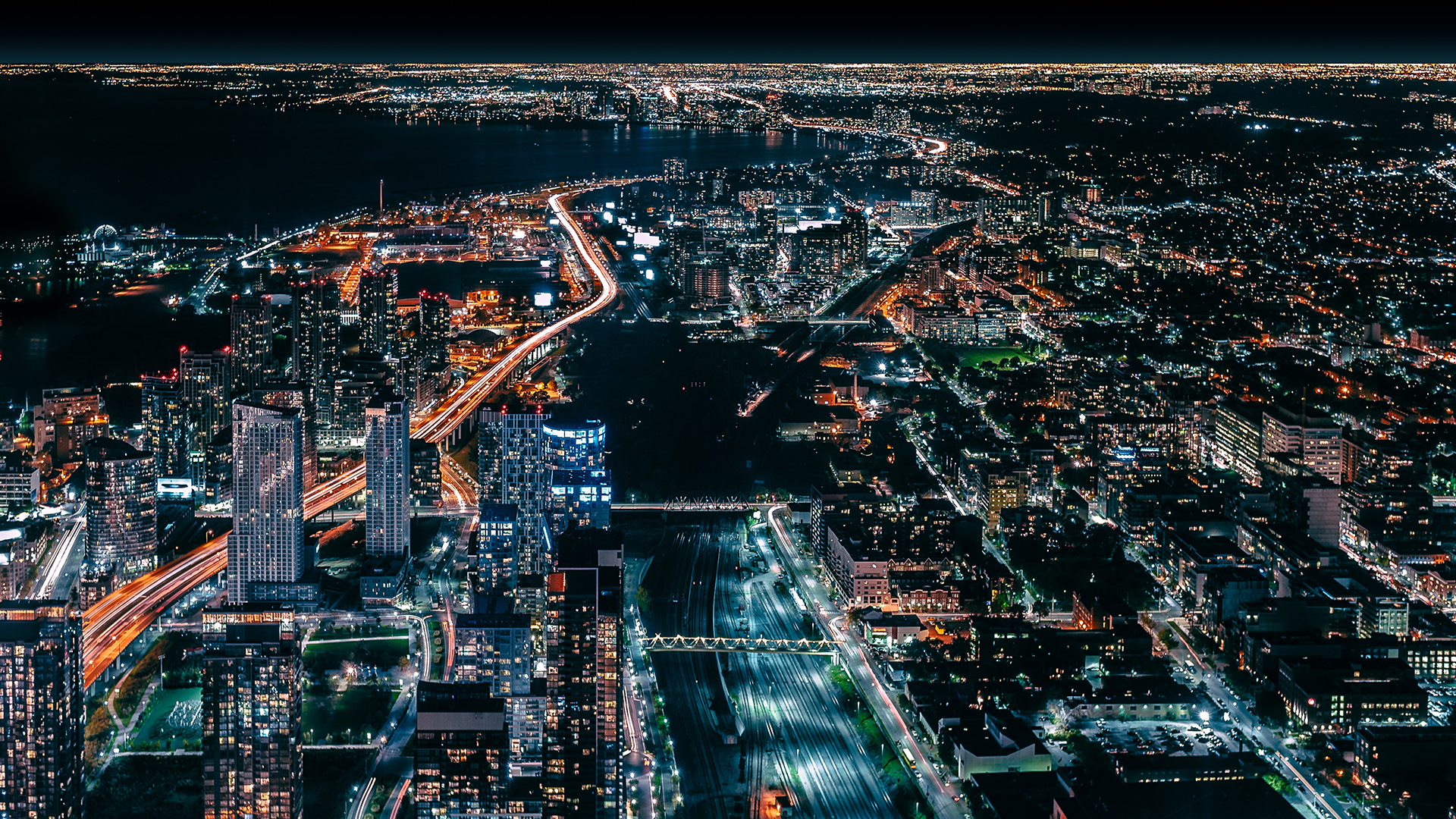
Impact of Light Pollution On…
Humans (that’s right – it affects us!)
Humans (and almost all living organisms) operate on something known as the circadian clock, or the 24-hour day and night cycle. The circadian clock, when disrupted, can cause issues with hormone production, cell regulation, and even brain wave activity. When the night sky is lit up longer and brighter than what should naturally occur, our circadian clock is disrupted and may disturb our sleep patterns. If poor sleep persists for a long time, you even have the chance of developing serious health problems.
Economy and Energy Production
It makes sense, right? The more lights we use and the longer we have them on, the more energy we’re using and the higher our energy bills. Around 2014, Canadians were spending somewhere up to $100 million on wasted light. Not only that, but by wasting light, energy production is increased and, unless that energy is produced renewably, we are majorly contributing to greenhouse gas emissions. Basically, we are increasing the effects of climate change for no reason!
Wildlife and the Environment
Just as light pollution affects the human circadian clock, it also affects wildlife’s. Increased artificial night light can result in changes in animal mating, migration routes, and can even cause an imbalance in the food chain.
Look at birds, for example. Light pollution can make it very difficult for birds to successfully migrate. The prothonotary warbler uses the stars as a map when it migrates from Ontario to the Gulf of Mexico. Take a look at this map of light production. Notice how many densely populated and lit areas these birds have to fly through?!
Other Canadian animals put at risk by light pollution are both the endangered leatherback and loggerhead sea turtles on the Atlantic coast. When beaches and surrounding areas are brightly lit, female sea turtles may become disoriented, not knowing where to lay their eggs. Once these turtles hatch, they use the moonlight to guide them away from the dark shores and into the moonlit water. A bright beach can confuse them, guiding them away from the water and potentially into dangerous situations.

What can you do?
There are many steps that you can take to limit your impact on light pollution. If you follow the principles listed below, then you are on your way to protecting the night sky!
Reduce Intensity: Choose lights with low watt bulbs that don’t produce excessive light intensity. Do your outdoor lights need to be so bright?!
Define Direction: Ensure that the area you want lit is the only area the light reaches. Oftentimes, a light’s reach extends further than intended or even over the wrong area. Reduce light waste by ensuring your lights are pointed in the right direction.
Period: Ensure you are only using lights that you need, when you need them! Indoor lights, when left on in the nighttime, contribute to light pollution. Consider closing your curtains at night and ensure you turn off all lights before you go to bed. Do you use a light on your front porch? Why not use a motion sensor so the lights are only on when they’re needed?
Choose Amber Colours: Did you know blue light is a major contributor to light pollution? Although LED lights are typically chosen due to their low-energy usage, they actually emit an intense blue light that often goes beyond the intended location. Choose amber light sources over white ones to reduce your impact on light pollution.
Advocate Within Your Community: Talk to your friends, family, neighbours, and colleagues about how they can implement light pollution reduction practices at home and work. Does your school or office leave the lights on at night? Talk to administrators about best practices or join an environmental club to help advocate for this issue (hey, you could even start your own!)
Visit a Dark-Sky Preserve: These are protected areas across Canada that have made a commitment to protect the night sky by reducing or eliminating light pollution. In Canada, there are 13 Dark-Sky Preserves across the country! If you’re a part of the two thirds of the population who have never seen a natural night sky, consider checking out one of these preserves!
Reducing light pollution doesn’t have to feel as impossible as shooting for the stars, but if we work at it and change our habits, it will certainly feel like we’ve done it!
Sources
Hello Darkness 2019, The Friends of the Night Sky
Light Pollution, Astro Canada
Light Pollution, Let’s Talk Science
Missing the Dark: Health Effects of Light Pollution, Ron Chepesiuk
The High Cost of Lighting up the Night, EcoFriendly Sask

Development Officer – Earth Day Canada
April Scholz
For as long as she can remember, April has been an advocate for living a sustainable lifestyle and working together to protect our natural environment. Having grown up in Hamilton, Ontario (the Waterfall Capital of the World) and currently living in London, Ontario (aka the Forest City), April has been surrounded by beautiful natural areas her whole life! If she isn’t at home caring for her plants, you may find her in the woods looking for birds and identifying native trees and plants!
View all posts...Related posts :
Contact us
Earth Day Canada
5818, boulevard Saint-Laurent
Montréal (Québec) H2T 1T3 Canada
Phone : (514) 728-0116
Toll free : 1 800 424-8758
Fax : (514) 303-0248
Email: hello@earthday.ca
2025 © Earth Day Canada. All rights reserved.
Privacy policy · Terms of use · Trademark
